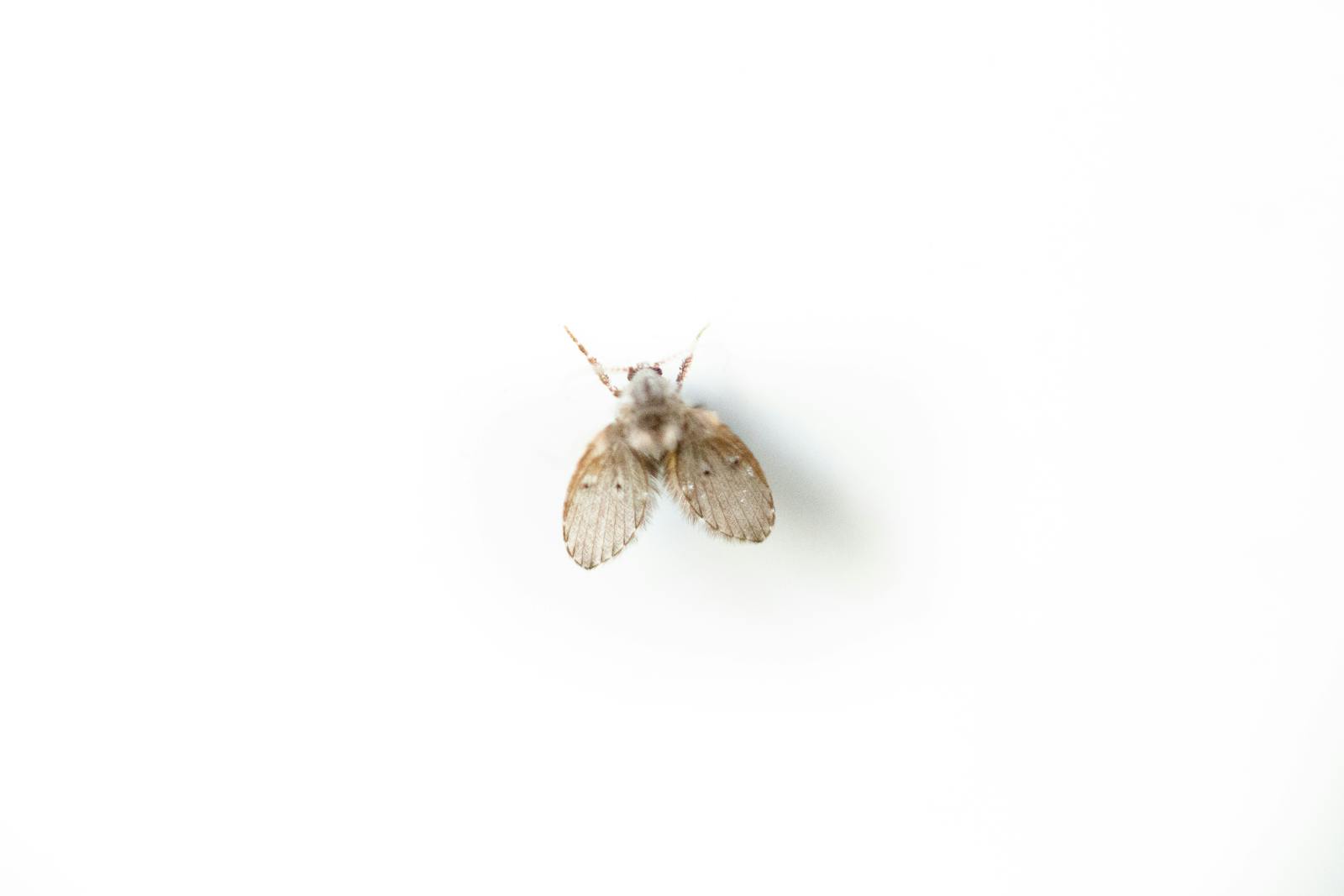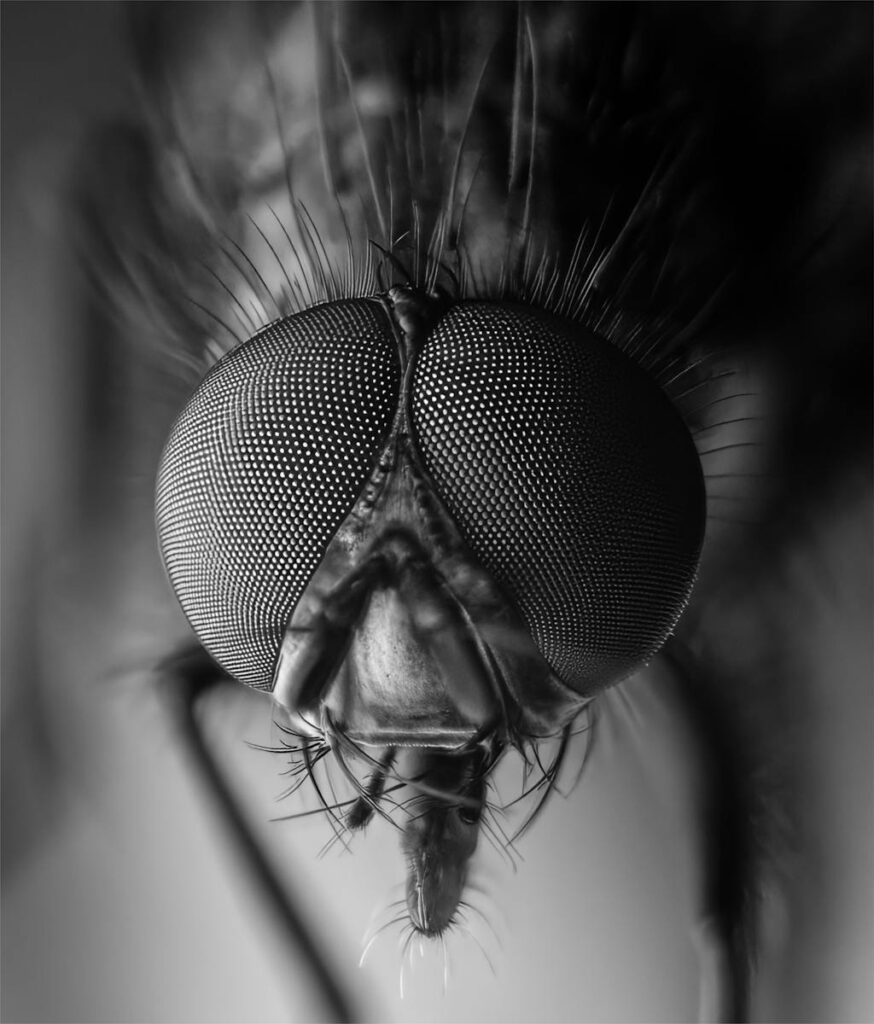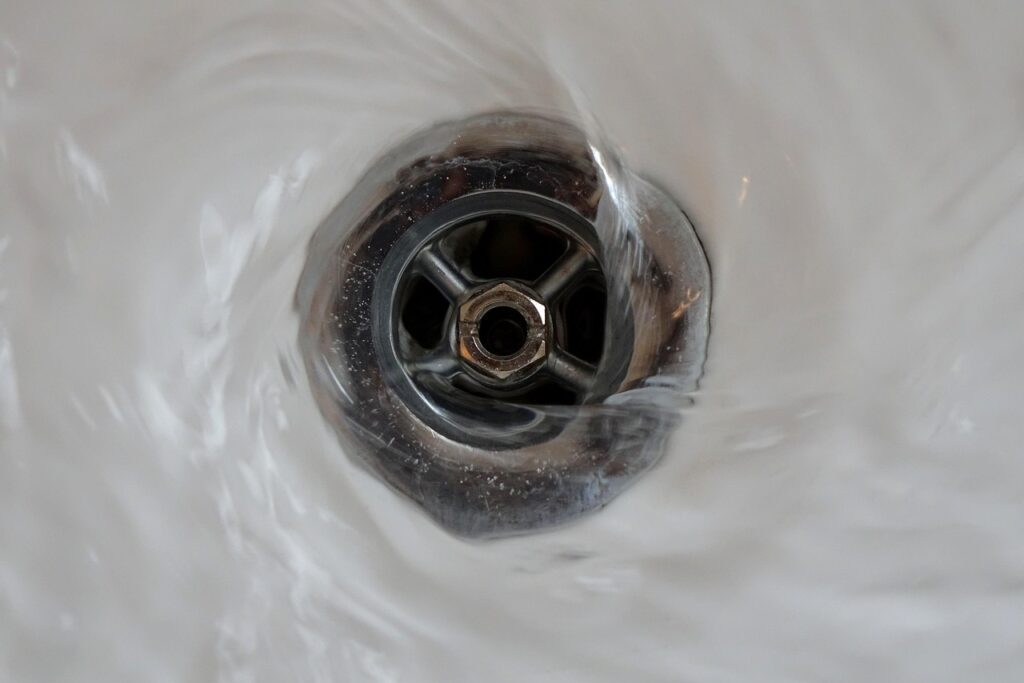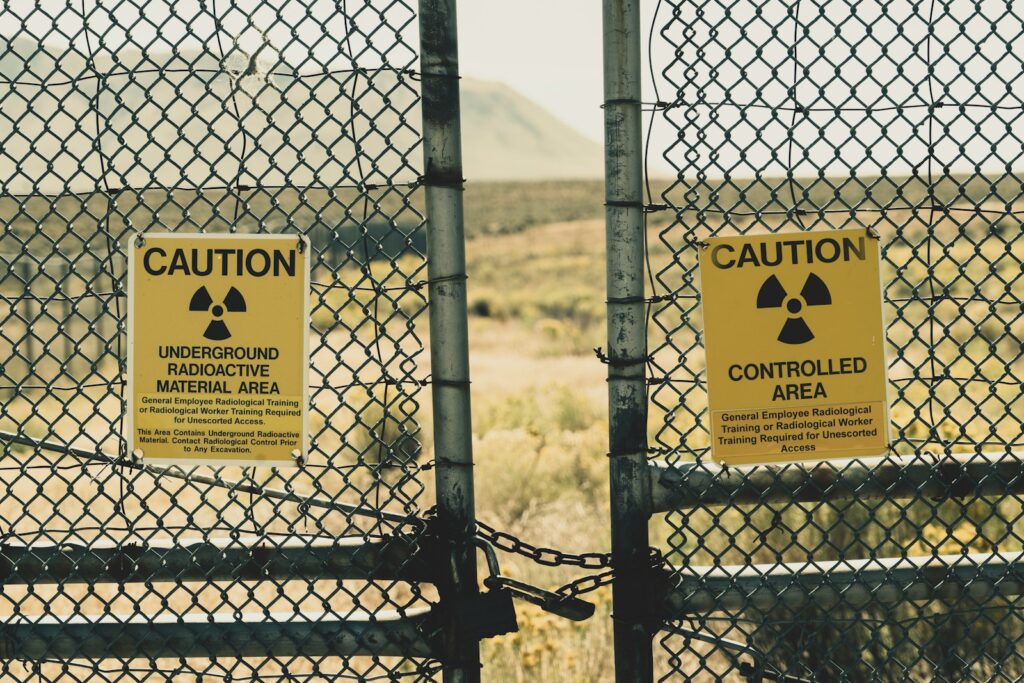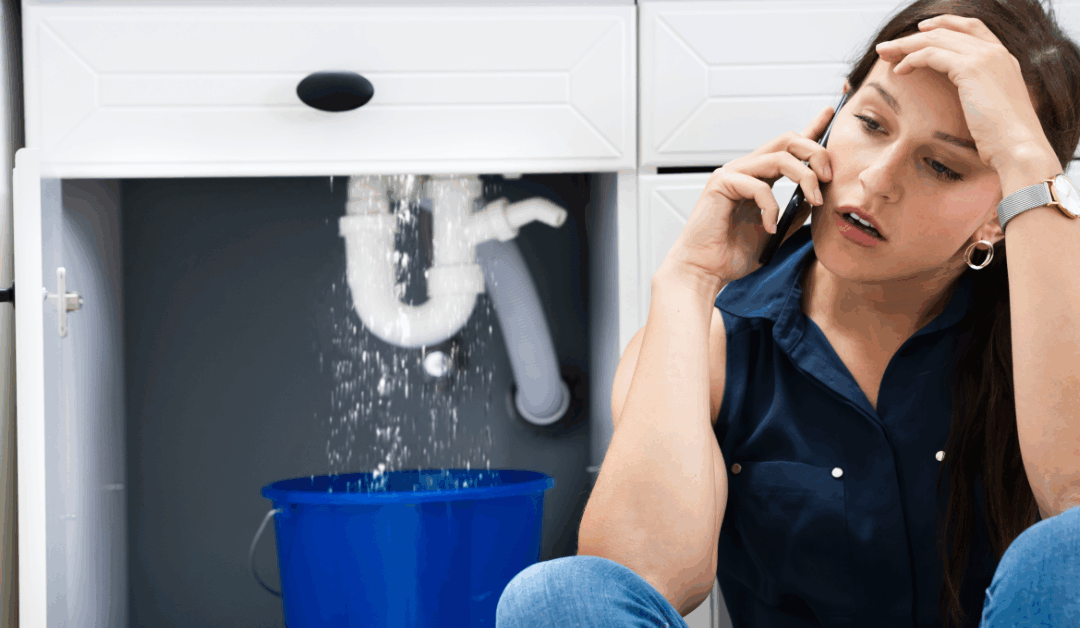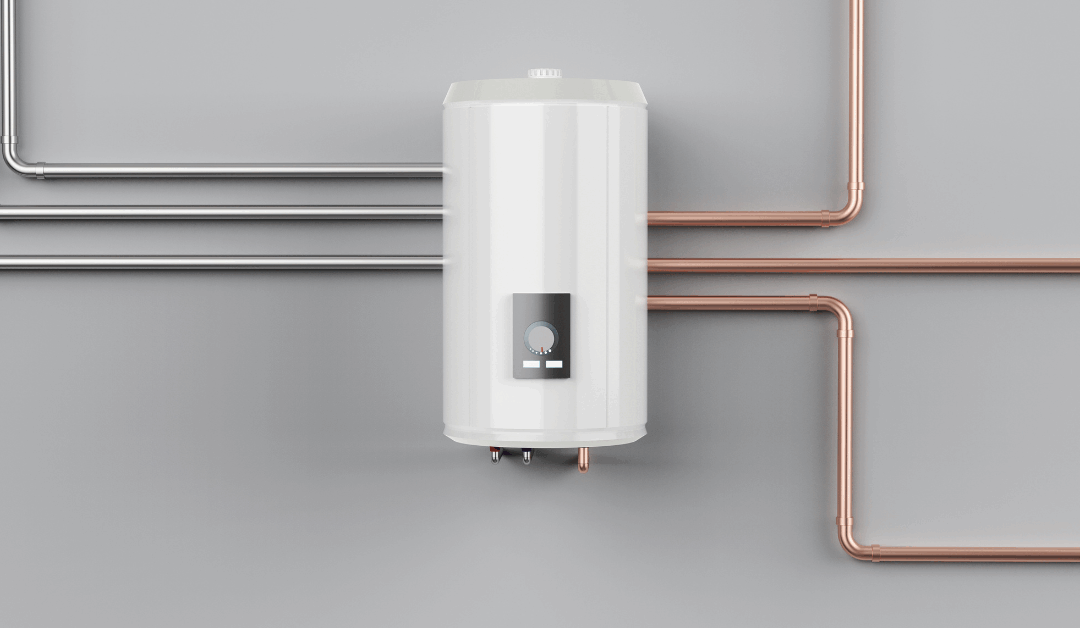If you’ve spotted small, dark flies hovering around your bathroom or kitchen drains, you’re likely dealing with drain flies. These tiny insects, also known as moth flies, sewer flies, or sink flies, are among the most common household pests that homeowners encounter. While they might look alarming buzzing around your home, the burning question remains: are drain flies harmful to you and your family?
The short answer is that drain flies are generally not harmful to humans, but they can indicate underlying sanitation issues that require attention. These small flying insects don’t bite, sting, or transmit diseases like some other pests. However, their presence signals potential problems with your plumbing system, standing water, or organic matter buildup that could create bigger issues if left unchecked.
Understanding drain flies, their life cycle, and the conditions that attract them can help you address infestations effectively while maintaining a healthier home environment. Let’s explore everything you need to know about these common household visitors and how to deal with them properly.
Schedule Service Online
Get a free estimate so you know what you're signing up for
"*" indicates required fields
For Emergency Services Call: 410-255-9300
What Are Drain Flies?
Drain flies are small insects measuring about 1/8 inch long, characterized by their fuzzy wings and hairy bodies that give them a moth-like appearance. Unlike the common house fly, these tiny creatures have a distinctive fuzzy texture and tend to move in short, erratic flights rather than smooth gliding motions.
Adult drain flies are typically dark gray or black and are often mistaken for fruit flies, though they’re quite different in behavior and breeding habits. While fruit flies are attracted to overripe produce and sugary substances, drain flies specifically seek out moist environments with decaying organic matter.
These insects belong to the family Psychodidae and thrive in damp, dark locations throughout your home. You’ll most commonly find them near bathroom sinks, shower drains, kitchen sinks, and anywhere stagnant water collects with organic material. Their presence often indicates poor sanitation or plumbing issues that need addressing.
The life cycle of drain flies is relatively quick, which explains why infestations can seem to appear overnight. Adult flies live for about two to three weeks, during which females can lay up to 300 eggs in the organic material lining your drains.
The Drain Fly Life Cycle and Breeding Habits
Understanding how drain flies breed is crucial for effective elimination. These insects have a four-stage life cycle: egg, larva, pupa, and adult. The entire process takes approximately 7-21 days, depending on temperature and conditions.
Female drain flies lay their eggs in the slimy biofilm that accumulates inside drains, sewers, and other moist areas rich in decaying organic matter. These eggs hatch within 32-48 hours, releasing tiny larvae that feed on the organic material surrounding them.
Drain fly larvae are small, worm-like creatures that thrive in the nutrient-rich environment of your drain pipes. They feed on bacteria, fungi, and decomposing organic matter that builds up in these areas. This larval stage lasts about 9-15 days, during which the larvae develop and prepare for pupation.
After pupating for 1-3 days, adult drain flies emerge ready to mate and continue the cycle. The rapid reproduction rate means that a small drain fly problem can quickly become a major infestation if the breeding grounds aren’t eliminated.
Drain flies breed in various locations throughout your home, including floor drains, sink drains, shower drains, septic tanks, sewage systems, and anywhere organic material accumulates in moist environments. They’re particularly fond of bathroom drains where soap scum, hair, and other organic debris create ideal breeding conditions.
Are Drain Flies Harmful to Human Health?
The good news is that drain flies pose minimal direct health risks to humans. These insects don’t bite humans, unlike mosquitoes or other biting flies. They lack the mouthparts necessary for biting and don’t feed on blood or human tissue.
Drain flies also don’t sting or inject venom, making them relatively harmless from a physical interaction standpoint. You don’t need to worry about painful bites or allergic reactions from direct contact with these insects.
Regarding disease transmission, drain flies are not known vectors for serious human diseases. Unlike some other flying insects that can transmit pathogens, drain flies don’t typically carry bacteria or viruses that pose significant health hazards to people.
However, there are some indirect health concerns to consider. People with respiratory sensitivities, particularly those with bronchial asthma or other breathing conditions, might experience irritation from drain fly infestations. The presence of these insects often indicates poor air quality and sanitation issues that could exacerbate respiratory problems.
The primary health hazard associated with drain flies isn’t the insects themselves, but rather the conditions that attract them. Stagnant water, decaying organic matter, and poor sanitation create environments where harmful bacteria can flourish alongside drain fly populations.
- Additionally, while rare, some individuals might experience allergic reactions to drain fly debris or shed body parts that become airborne. People with severe allergies or compromised immune systems should take extra precautions when dealing with any pest infestation.
What Attracts Drain Flies to Your Home
Drain flies are drawn to specific environmental conditions that create ideal breeding and feeding opportunities. Understanding these attractants helps you identify problem areas and prevent future infestations.
Moisture and Stagnant Water
The primary attractant for drain flies is moisture, particularly stagnant water that allows organic matter to decompose. These insects require moist environments for their entire life cycle, from egg-laying to adult emergence.
Common sources of attractive moisture include:
- Slow-draining sinks and tubs
- Leaky pipes and plumbing fixtures
- Condensation around pipes and appliances
- Standing water in basement floor drains
- Poorly ventilated bathrooms with persistent humidity
- Water damage areas that haven’t been properly dried
Organic Matter and Food Sources
Drain flies feed on decaying organic material, bacteria, and fungi. Adult flies consume flower nectar when available outdoors, but indoor populations rely on the organic soup found in drain systems.
Attractive organic matter includes:
- Hair, soap scum, and body oils in bathroom drains
- Food particles and grease in kitchen sinks
- Sewage and waste materials in sewer systems
- Decomposing plant matter in outdoor drains
- Pet waste and organic debris in utility sinks
Poor Sanitation Areas
Areas with inadequate cleaning and maintenance create perfect breeding grounds for drain flies. These insects thrive where organic matter accumulates undisturbed, allowing biofilms to develop.
High-risk areas include:
- Rarely used drains that don’t get regular flushing
- Drains without regular cleaning and maintenance
- Areas around garbage disposals with food buildup
- Basement drains that collect debris over time
- Outdoor drains clogged with leaves and organic matter
How to Get Rid of Drain Flies
Eliminating drain flies requires a comprehensive approach targeting both adult flies and their breeding sources. Simply killing visible adults won’t solve the problem if larvae continue developing in your drains.
Locate and Eliminate Breeding Grounds
Start by identifying all potential breeding sites throughout your home. Check every drain, including those in bathrooms, kitchens, basements, and utility rooms. Look for signs of organic buildup, slow drainage, or persistent moisture.
Pay special attention to:
- Floor drains that may have accumulated debris
- Shower drains with hair and soap buildup
- Kitchen sinks with grease accumulation
- Rarely used sinks that may have stagnant water
- Areas around water heaters and washing machines
Thorough Cleaning Methods
Once you’ve identified problem areas, thorough cleaning is essential. Remove visible organic matter and clean drain surfaces to eliminate the biofilm where eggs are laid.
Effective cleaning approaches include:
Boiling Water Treatment: Pour boiling water down affected drains to kill larvae and wash away organic matter. Repeat this process several times over a few days for best results.
Baking Soda and Vinegar: Create a natural cleaning reaction by pouring baking soda down the drain followed by white vinegar. Let the mixture foam for 15-20 minutes, then flush with hot water.
Dish Soap Solution: Mix a few drops of dish soap with hot water to break down grease and organic buildup. The soap helps dissolve the sticky biofilm where flies breed.
Mechanical Cleaning: Use a pipe brush or snake to physically remove buildup from drain walls. This mechanical action is often more effective than chemical treatments alone.
Professional Drain Cleaners
For severe infestations or persistent problems, professional-grade drain cleaners may be necessary. However, use these products carefully and follow all safety instructions, as they can be harsh on plumbing systems.
Avoid using bleach as a primary treatment, as it’s often ineffective against drain fly larvae protected within biofilms. Instead, focus on products specifically designed for organic matter removal.
Prevention Strategies for Future Infestations
Preventing drain flies is more effective and less frustrating than dealing with recurring infestations. Implementing regular maintenance routines and addressing environmental factors can keep these pests away permanently.
Regular Drain Maintenance
Establish a routine cleaning schedule for all drains in your home. Weekly maintenance prevents the organic buildup that attracts drain flies.
Weekly Tasks:
- Flush all drains with hot water
- Remove visible debris from drain openings
- Clean drain covers and stoppers
- Check for slow drainage that might indicate buildup
Monthly Tasks:
- Deep clean drains with baking soda and vinegar
- Inspect and clean garbage disposal units
- Check for leaks around plumbing fixtures
- Clear outdoor drains of leaves and debris
Fix Plumbing Issues Promptly
Address plumbing problems immediately to prevent moisture accumulation and organic matter buildup. Even small leaks can create ideal conditions for drain fly breeding.
Priority repairs include:
- Fixing leaky faucets and pipes
- Repairing slow-draining fixtures
- Addressing low water pressure issues
- Sealing gaps around pipes and fixtures
- Improving ventilation in humid areas like bathrooms
Moisture Control
Reducing excess moisture throughout your home makes it less attractive to drain flies and other moisture-loving pests.
Effective moisture control strategies:
- Use exhaust fans during and after showers
- Fix roof leaks and improve attic ventilation
- Ensure proper grading around your home’s foundation
- Use dehumidifiers in damp basements
- Clean up water spills promptly
- Maintain proper ventilation in crawl spaces
Sanitation Best Practices
Good sanitation habits prevent the accumulation of organic matter that feeds drain fly populations.
Key sanitation practices:
- Clean up food spills immediately
- Don’t pour grease down kitchen drains
- Use garbage disposals properly and clean regularly
- Keep trash cans clean and covered
- Maintain compost piles away from the house
- Clean pet areas regularly
Natural vs. Chemical Treatment Options
When dealing with drain flies, you have several treatment options ranging from natural home remedies to commercial chemical products. Understanding the pros and cons of each approach helps you choose the best method for your situation.
Natural Treatment Methods
Natural treatments are safer for your family and pets while being environmentally friendly. These methods work well for mild to moderate infestations and ongoing prevention.
Apple Cider Vinegar Trap: Create a simple trap by placing apple cider vinegar in a bowl with a few drops of dish soap. The vinegar attracts adult flies while the soap traps them. This method helps reduce adult populations but doesn’t address breeding sites.
Essential Oil Treatments: Certain essential oils like peppermint, eucalyptus, and tea tree oil can repel drain flies. Mix a few drops with water and spray around drain areas, though this is more of a deterrent than an elimination method.
Beneficial Bacteria: Some natural drain cleaners contain beneficial bacteria that consume organic matter, eliminating food sources for drain fly larvae while maintaining healthy drain ecosystems.
Chemical Treatment Options
Commercial drain cleaners and insecticides can be effective for severe infestations but should be used carefully according to manufacturer instructions.
Enzyme-Based Drain Cleaners: These products break down organic matter using natural enzymes, making them effective against drain fly breeding grounds while being safer than harsh chemicals.
Bacterial Drain Treatments: Products containing specific bacteria strains can consume organic buildup in drains, providing long-term prevention against future infestations.
Professional-Grade Products: For severe infestations, pest control professionals may use specialized treatments not available to consumers. These should only be applied by trained technicians.
When to Call Professional Help
While many drain fly problems can be resolved with DIY methods, certain situations require professional intervention. Knowing when to call experts can save time, money, and frustration.
Signs You Need Professional Help
Consider professional assistance when:
- DIY treatments haven’t reduced fly populations after two weeks
- You discover structural plumbing problems during your inspection
- The infestation covers multiple areas of your home
- You suspect sewer line issues or septic system problems
- Health concerns arise, particularly for family members with respiratory conditions
What Professionals Can Offer
Pest control and plumbing professionals bring specialized knowledge and equipment to drain fly problems.
Comprehensive Inspection: Professionals can identify breeding sources you might miss, including issues within walls or underground pipes.
Specialized Equipment: Professional-grade drain cameras and cleaning equipment can address problems beyond the reach of consumer products.
Integrated Treatment Approach: Experts can combine multiple treatment methods and address underlying plumbing issues that contribute to infestations.
Follow-up Services: Professional services often include monitoring and follow-up treatments to ensure complete elimination.
The Connection Between Drain Flies and Home Maintenance
Drain fly infestations often signal broader home maintenance issues that, if addressed, can prevent multiple problems beyond just pest control. Understanding these connections helps you maintain a healthier, more comfortable home environment.
Regular drain maintenance prevents not only drain flies but also more serious plumbing issues like major clogs, pipe corrosion, and sewer backups. The same organic buildup that attracts drain flies can eventually cause expensive plumbing repairs if left unchecked.
Moisture control measures that prevent drain flies also help prevent mold growth, wood rot, and structural damage. By addressing the environmental conditions that attract these insects, you’re simultaneously protecting your home’s integrity and your family’s health.
Poor ventilation that contributes to drain fly problems can also lead to indoor air quality issues, increased energy costs, and accelerated wear on your home’s systems. Improving ventilation benefits both pest control and overall home comfort.

Helpful Resources and Links
Here are few valuable resources to help further your understanding of drain flies and plumbing issues, as well as how to keep your home pest-free and your plumbing in top condition:
Plumbing Basics from the American Society of Plumbing Engineers
https://www.aspe.org/plumbing-basics/
Learn the fundamentals of plumbing systems to better understand how to maintain and troubleshoot issues in your home.
CDC Resources on Mold Prevention
https://www.cdc.gov/mold/default.htm
Since drain flies thrive in environments with organic buildup, this resource offers valuable information on preventing such conditions in your home.
EPA Guide on Household Pest Management
This comprehensive guide from the Environmental Protection Agency offers tips and strategies for managing household pests like drain flies safely and effectively.
https://www.epa.gov/safepestcontrol
Drain Cleaning Tips by Family Handyman
https://www.familyhandyman.com/project/how-to-clean-out-a-drain/
Discover practical DIY tips on keeping your drains clean and free of debris to discourage drain fly infestations.
National Pest Management Association Pest Encyclopedia
https://www.pestworld.org/pest-guide/
This encyclopedia provides in-depth profiles on various pests, including drain flies, and offers guidance on control measures.
https://www.mdsewerandplumbing.com
Our website features detailed information on professional services, prevention tips, and support to address your plumbing and pest concerns with ease.
By leveraging these resources, you can stay informed and take a proactive approach to managing both plumbing and potential pest issues.
Taking Action Against Drain Flies
Drain flies may not be harmful in the traditional sense, but their presence indicates conditions that require attention. These small insects serve as early warning indicators of moisture problems, sanitation issues, and plumbing maintenance needs that could develop into more serious and expensive problems if ignored.
The most effective approach to drain fly control combines immediate elimination tactics with long-term prevention strategies. Focus on identifying and eliminating breeding sources rather than just killing adult flies. Regular maintenance, proper sanitation, and prompt attention to plumbing issues will keep your home free from these unwanted visitors.
Remember that successful drain fly control is about creating an environment that doesn’t support their life cycle. By maintaining clean drains, controlling moisture, and addressing plumbing issues promptly, you’ll not only eliminate current infestations but prevent future problems from developing.
If you’re dealing with persistent drain fly issues or discover plumbing problems during your inspection, don’t hesitate to contact professional plumbing services. Expert assistance can help identify and resolve underlying issues that DIY methods might miss, ensuring your home remains comfortable and pest-free for years to come.

